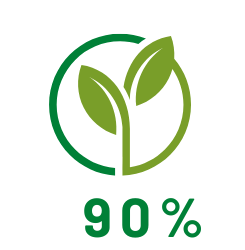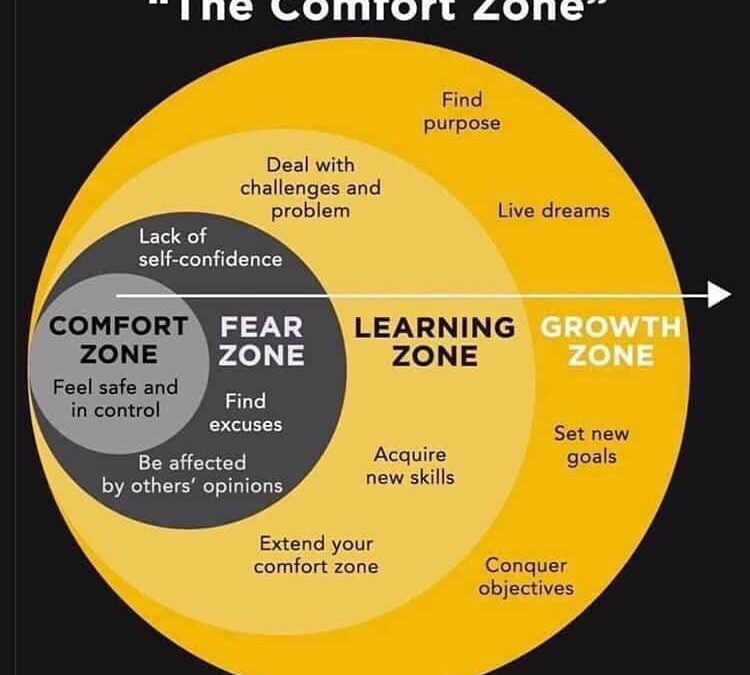Throughout our life, we are constantly learning. We seek out or are exposed to new information, and our amazing brains link it to knowledge and insights already held, contributing to a process of continuous improvement.
It can be difficult for an adult not to do things properly or perfectly the first time, the second time, or even the third time. This can result in us not even trying, as the only thing we’re confident about is that we won’t succeed on our first attempt. After all, our comfort zone is nice and safe, and hey, they know me here!
A learning culture supports trial and error, recognising that the underlying process is essential for continuous improvement. When we give ourselves permission to have a go, to try something out, we model to others that it’s OK to take a risk.
Senninger’s Learning Zone Model highlights the importance of moving from our comfort zone into our learning, or growth zone, stretching our skills and abilities, and allowing us to learn, practise and improve. It’s important to reflect on what was easy and what was hard, and share this too, as this is where the real learning occurs. We then integrate this into our comfort zone, and can share what we’ve learned with others.
Senninger proposed a third dimension to the model, designated the panic zone. When we are overwhelmed, fear prevents us from learning, and we focus our efforts on returning to safety. Our optimal learning occurs in the space between our comfort zone and the panic zone.
So, it might be creating our first video, developing a new product, or drafting a social media post. Through taking a risk and trying something new, we will create new opportunities and insights, and embody a life dedicated to continuous improvement.

